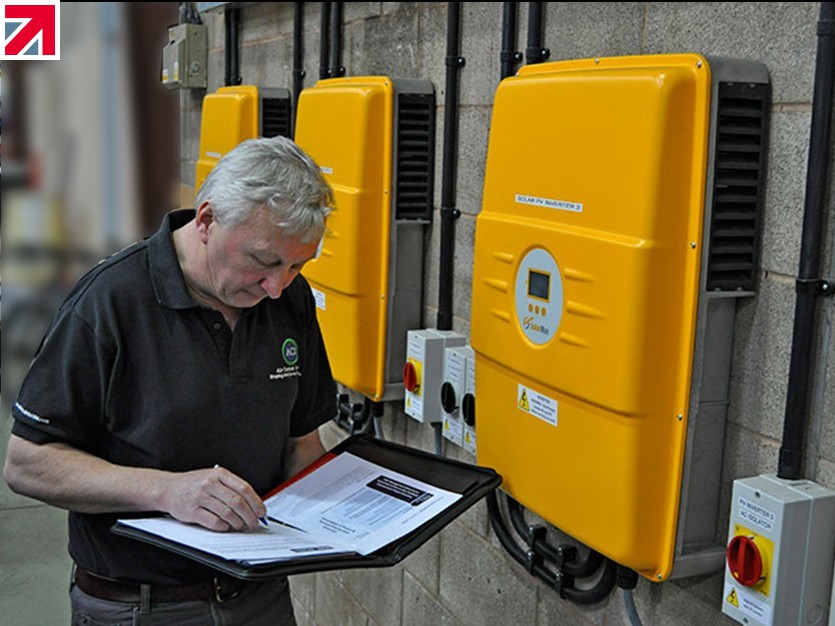If you have ever had the pleasure of attending a speed awareness course (obviously not speaking from personal experience), you may have been asked this question: How would you rate your driving skills on a scale of one to 10?
In my cohort of offenders (okay…so I did get caught speeding once), we gave ourselves above-average ratings, apart from one very nervous woman who confessed to being a terrible driver. This was exactly what the ex-police officer leading the course expected to hear. When it comes to driving, everyone thinks their skills are above average. What this translates to in reality is that everyone on the roads thinks they are a better driver than they really are.
This blog isn’t about driving. It’s about health & safety in the workplace. The reason for relaying this experience is that just as nobody believes they are a bad driver, no business believes they are doing badly at health & safety. As with driving (borne out by the number of fines dished out every year) in health & safety the opposite is true. Most organisations have a complacency problem. And most directors think they are doing far better than they actually are in terms of health & safety.
Having a false sense of security is more dangerous than having no sense at all. It creates all the right conditions for an accident to happen.
So, what does a company with a complacency culture look like?
“We have never had a problem before, so there is no problem” tends to be the prevailing attitude of senior management. Complacent companies are usually arrogant. They probably haven’t had an accident. However, there will be some tell-tale signs that this is more by luck than design; these organisations tend to have a record of near-misses and a lack of KPIs (Key Performance Indicators) and mechanisms for reporting issues and inciting improvement.
How can a complacency culture be cured?
Transforming a complacency culture into a pragmatic, progressive, proactive one is no quick fix. On average, it takes 12 to 18 months to achieve a cultural shift, and that is assuming full support from top-level executives.
Cultural change and leadership are the two essential ingredients in a cure for complacency. One without the other won’t work. The cultural shift needs to be led from the top down. If senior management doesn’t engage with it, this attitude will rub off on everyone else and dilute the effort. Many high-profile safety cases over the years have been rooted in failures of leadership.
How do you achieve top-level buy-in?
Shock tactics are often needed. A sobering reminder that failure to consider health & safety as a key business risk in board decisions can have catastrophic results and that directors are personally liable if there is a fatality in the workplace resulting from a health & safety breach.
The next step is to devise a strategy for improving health & safety awareness. This should set out the company’s current position and how it can be more effective and must be signed off by the board of directors.
How do you implement the strategy?
Strategy is the ‘what’ part of the change (“what do we want to accomplish?”) whereas tactics are the ‘how’ (“how will we bring about that change?”). The key is to combine training with practical application. No-one changes their behaviour as a result of watching a PowerPoint presentation.
One of the most effective tactics is dividing the workplace into zones and auditing them on a regular basis by conducting safety walks. Executed well, safety walks are a great way of engaging staff at all levels and across all disciplines (office staff, cleaners, factory floor workers, management etc) as anyone can be assigned to carry them out. Awareness training is another major part of any successful culture shift. Then, when employees know how to look out for unsafe practices, implementing a reporting system is the next step.
Once an organisation has broken out of the complacency trap and is promoting a living, breathing, working health & safety programme, the benefits will reach far beyond the original goal of minimising the risk of accidents. From little changes, like a neat and tidy factory, through to more profound ones, such as higher employee morale and retention, the very fabric of the organisation will be transformed for the better.
Read more about Air Control Industries on its Made in Britain profile page
Find out more about Air Control Industries on their member profile page here
Member-created content 5 years ago | From members
